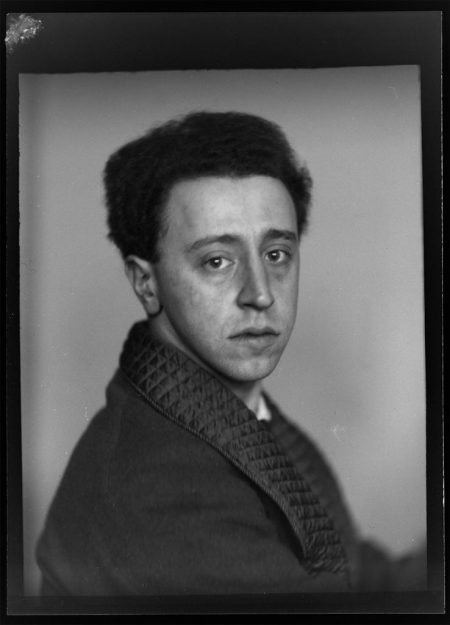SERIES 1
Music is an inseparable part of Indian Culture which reflects how the nation is diversified for its cultures, language, food, and people. Indian music heritage is an ever-expanding treasure that is passed down from generation to generation. It dates to Vedic times over 6,000 years ago, where chants developed a system of musical notes and rhythmic cycles. There are many genres of Indian music like classical, regional folk, Sufi, Ghazals, Filmi and Indian pop music, and it is the uniqueness of Indian music which brings millions of fans together worldwide.
Indian Classical Music
Indian classical music is very closely connected to nature and takes inspiration from the seasons and times of the day. It has two fundamental elements or concepts named ‘Raag’ and ‘Taal’.
‘Raag’ is a melodic framework and forms the structural framework of the music. It consists of specific set of notes which construct the melody. ‘Tala’, on the other hand, is a rhythmic structure or beat that measures the musical time, and it works as a base on which Raga is created. It can induce specific emotional response ranging from ‘Happy’, ‘Sad’, ‘Calm and relaxed’, ‘tensed’ etc.

Genres of Indian Classical Music
Before 13th century, there was only one Indian classical music but after that the Indian Classical Music got divided into two sections and different styles. The North Indian Hindustani Classical Music which is practiced in North India and The South Indian Carnatic Classical Music which is practiced in South India
Similarities:
- Although they have differences in styles, interpretations, and audience appeal, they both are Raga based and share similar origin and themes.
- Both the musical styles use a Tanpura as a Drone instrument which support the melody of another instrument or singer and create the pitch and base for the performance.
- Both the music developed through common ancestors, Sanskrit language, and Vedic traditions.
Differences:
- Both Raga and Tala being the central notion of both the music traditions, the sound and result is different and same raags and musical concepts have different names due to difference in the language.
- The Carnatic music is free from external influences and is pure, while the north Indian music has Persian and Mughal influence.
- The Carnatic music was originated in Bhakti Movement, while the Hindustani music was originated in Vedic period.
Namaste!!
Listen via our database about Indian Classical Music, concerts, and the finest musicians:
Rules of Raga (Video)
https://login.ezproxy.stthomas.edu/login?URL=https://fod.infobase.com/PortalPlaylists.aspx?wID=99819&xtid=113462
Ravi Shankar Live in Concert: (Video)
https://login.ezproxy.stthomas.edu/login?url=https://video.alexanderstreet.com/p/mq784B4xn
Indian Classical Music: (Video)
https://login.ezproxy.stthomas.edu/login?URL=https://fod.infobase.com/PortalPlaylists.aspx?wID=99819&xtid=5066
Ravi Shankar: The Man and His Music (Video)
https://login.ezproxy.stthomas.edu/login?URL=https://fod.infobase.com/PortalPlaylists.aspx?wID=99819&xtid=4345
South Indian Classical Music House Concert (Video)
https://login.ezproxy.stthomas.edu/login?url=https://video.alexanderstreet.com/p/gp78oOP83
By Pragya Verma

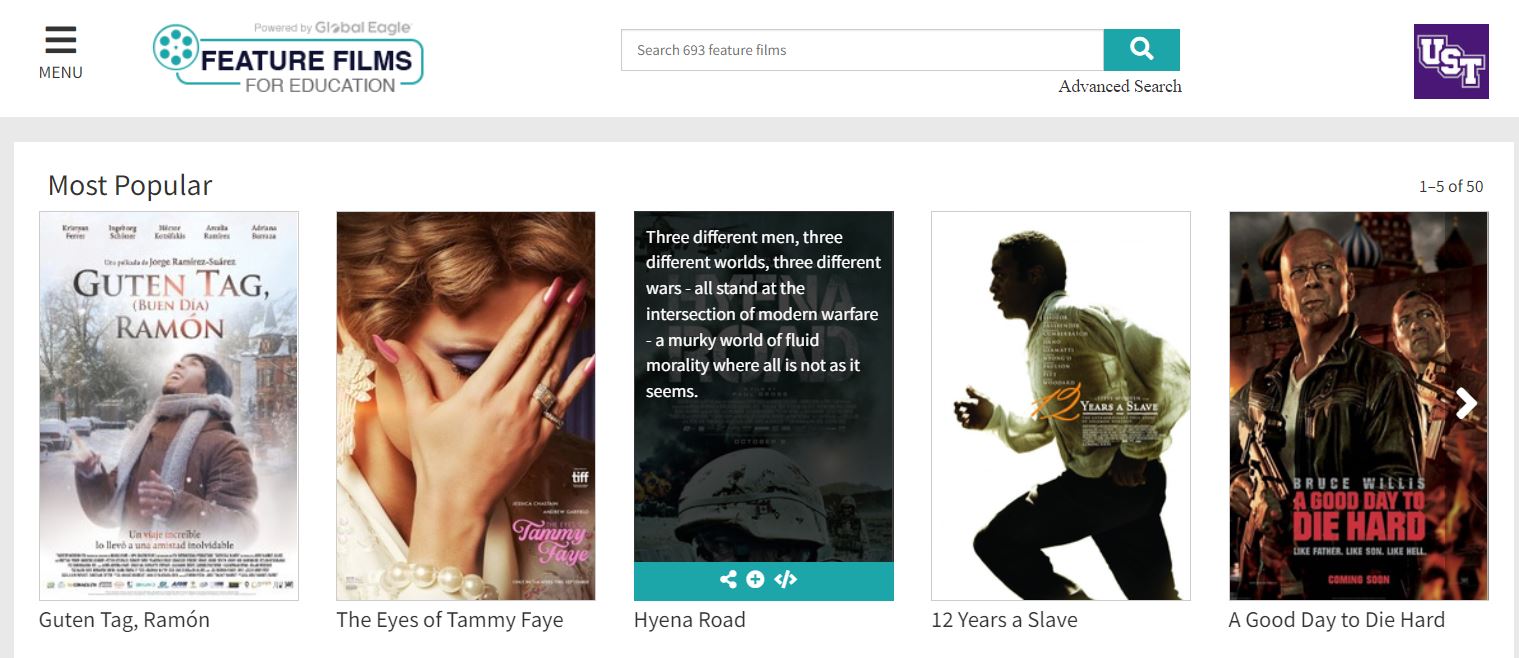
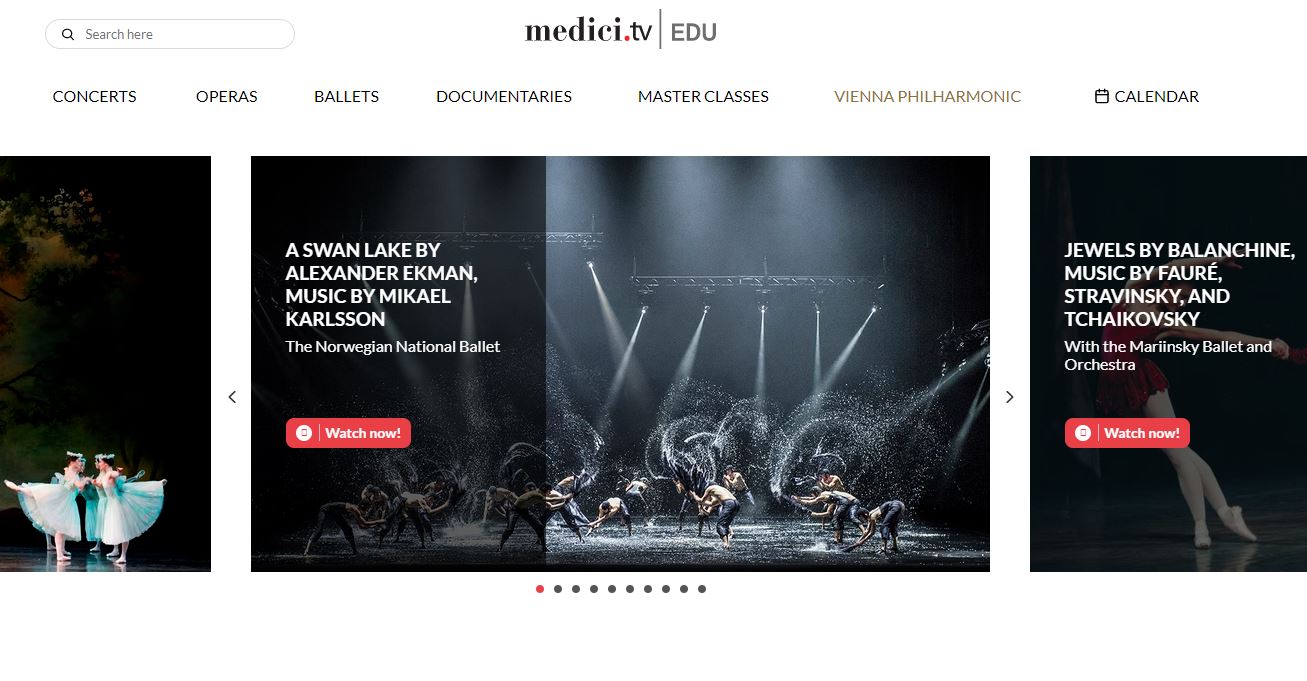 Looking to brush up on another language?
Looking to brush up on another language? 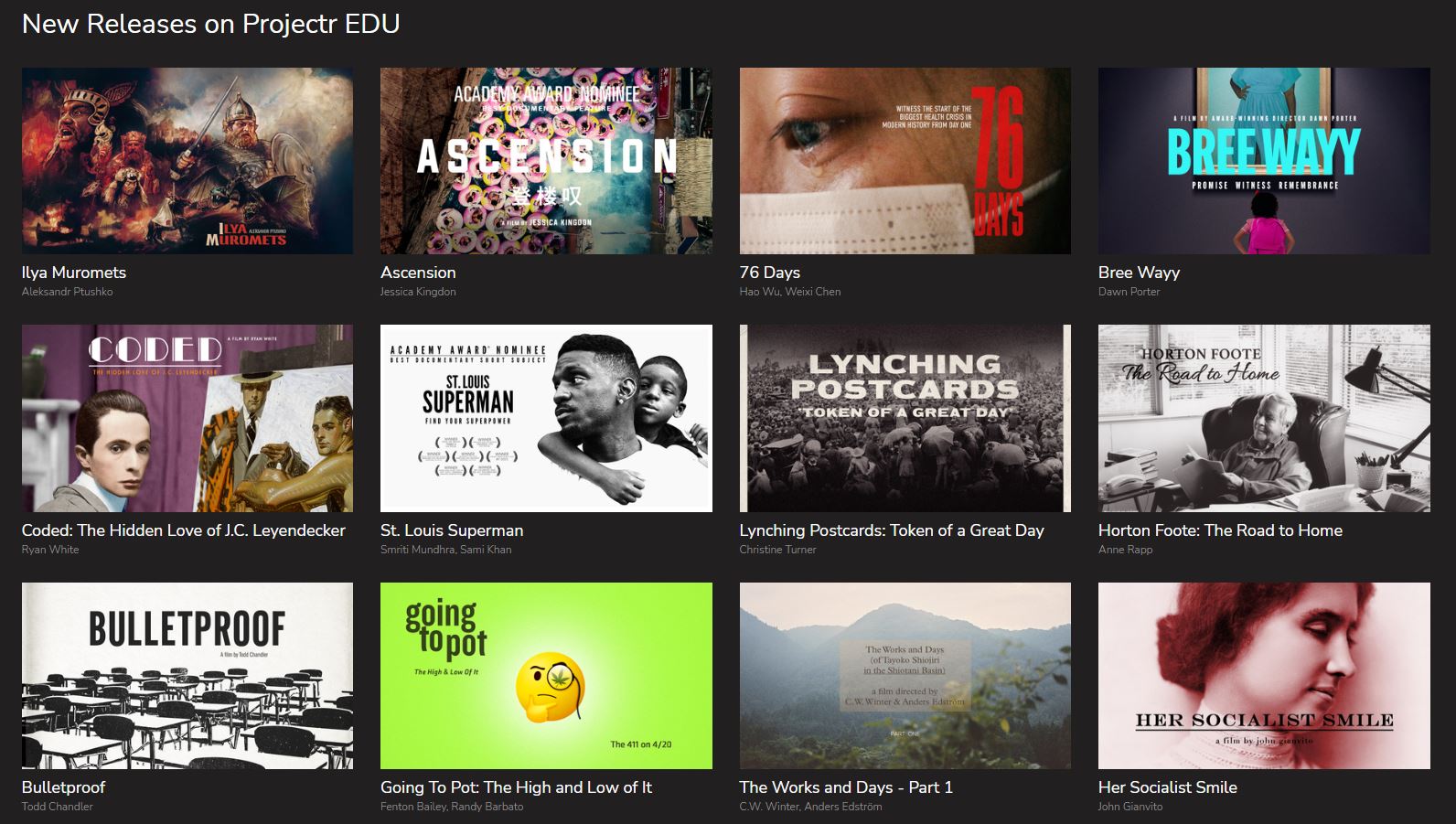
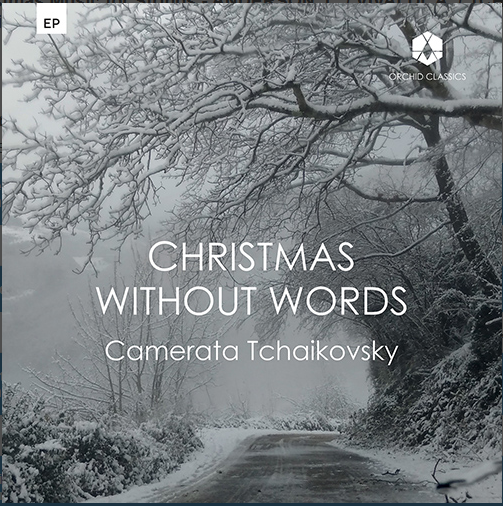
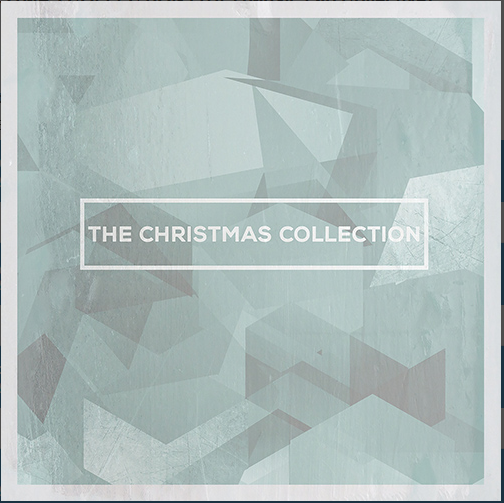
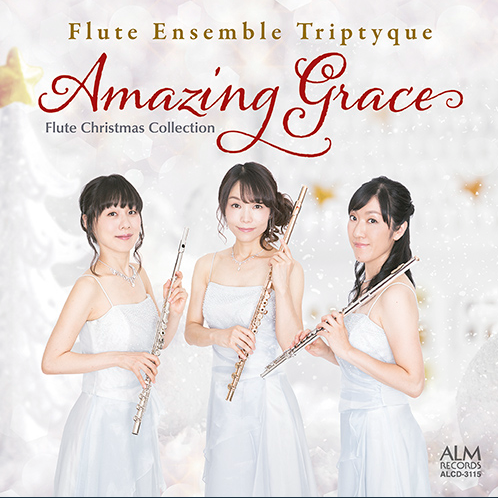
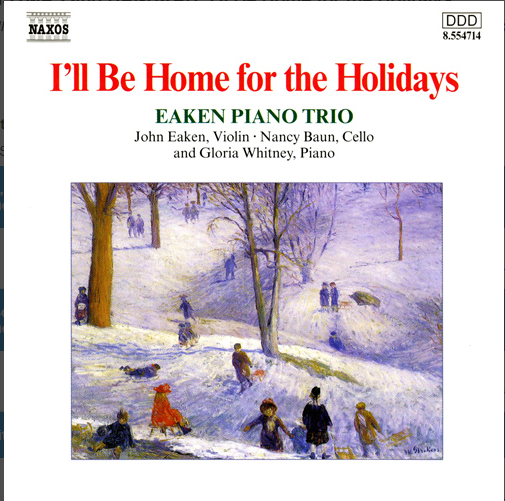
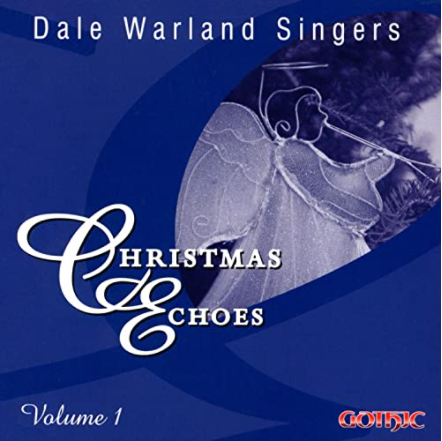
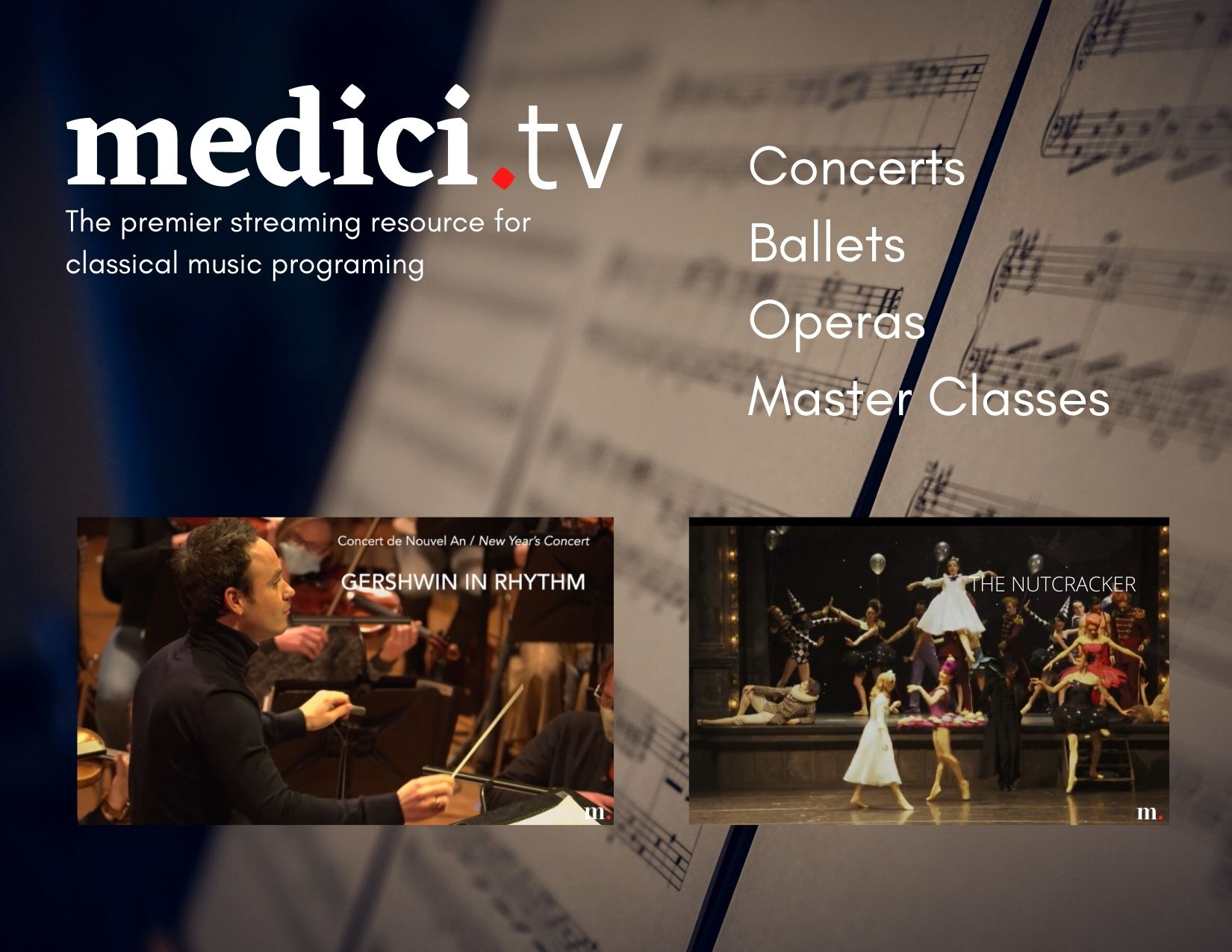
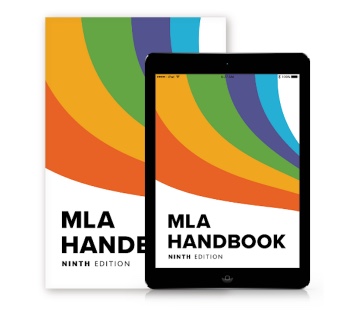
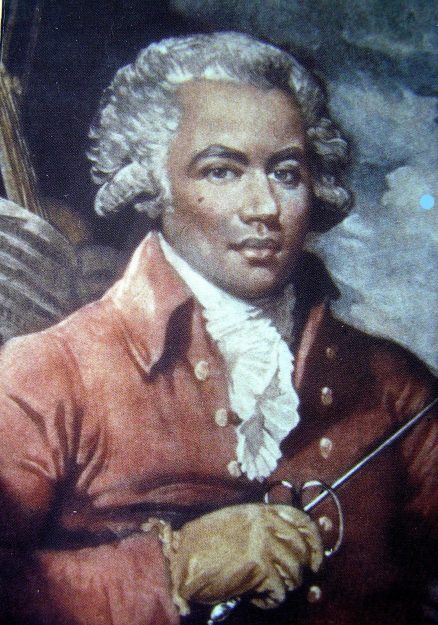 Lost to history for nearly 200 years, Afro-French composer Chevalier de Saint-Georges was a profoundly talented composer, violinist, and fencer. He was born in Guadeloupe in 1745 to a plantation owner and his slave, Nanon. Chevalier was sent to France for his education and by 17 had become such an expert swordsman he bested one of the greatest fencing masters in France. His musical talents were also superior. While he did face discrimination, he was also highly celebrated and widely loved and even performed his own works for Marie-Antoinette.
Lost to history for nearly 200 years, Afro-French composer Chevalier de Saint-Georges was a profoundly talented composer, violinist, and fencer. He was born in Guadeloupe in 1745 to a plantation owner and his slave, Nanon. Chevalier was sent to France for his education and by 17 had become such an expert swordsman he bested one of the greatest fencing masters in France. His musical talents were also superior. While he did face discrimination, he was also highly celebrated and widely loved and even performed his own works for Marie-Antoinette.